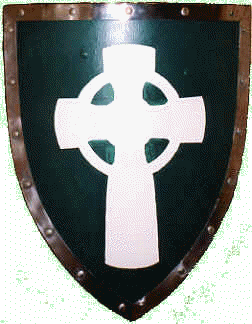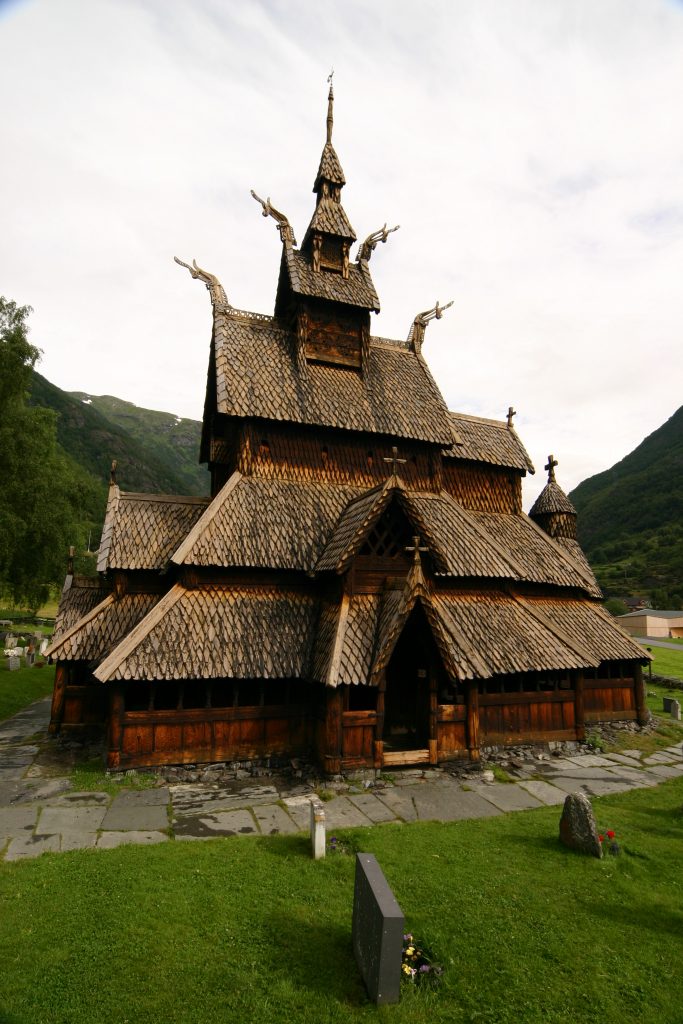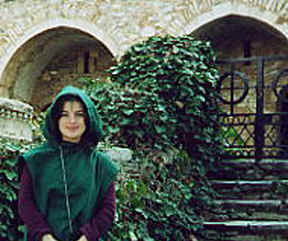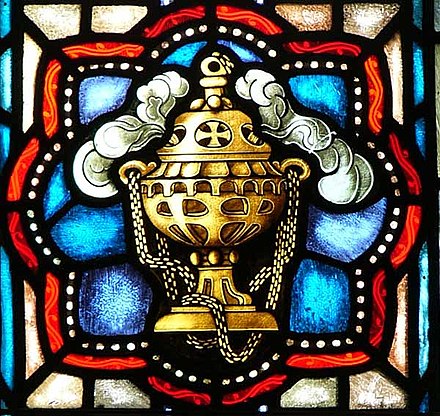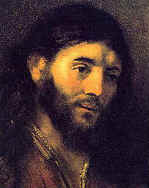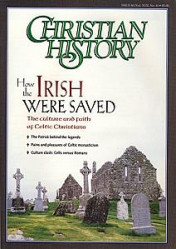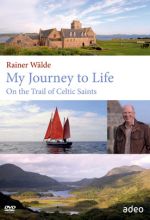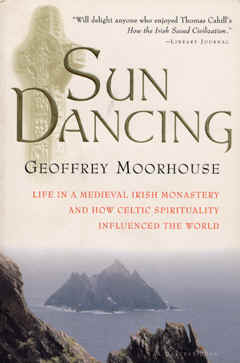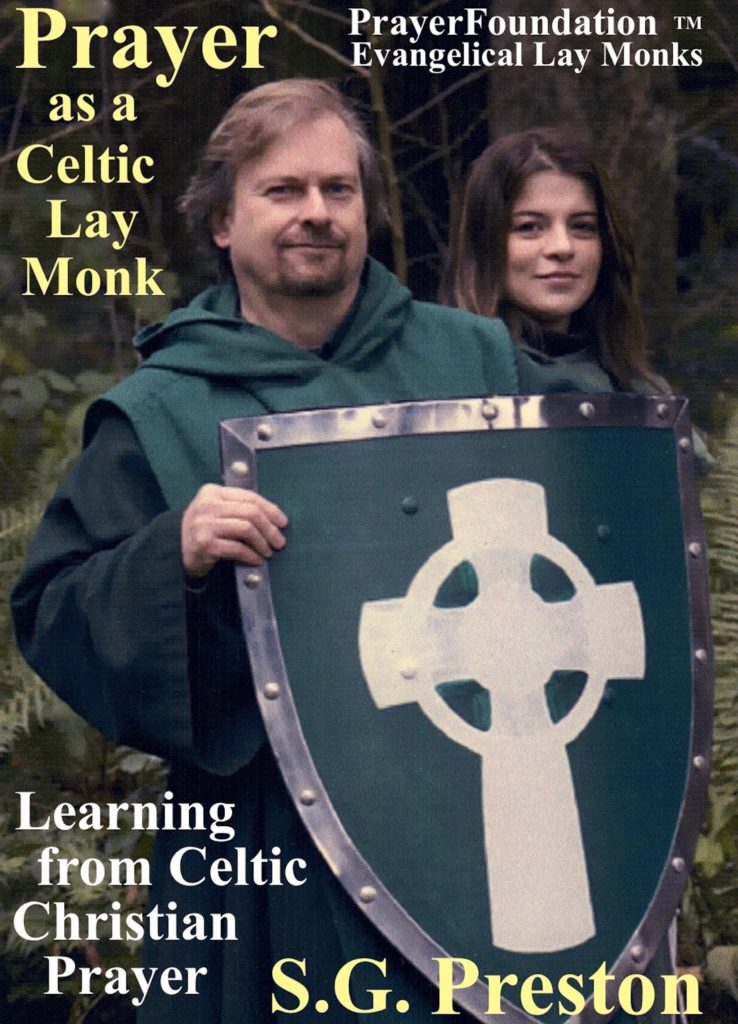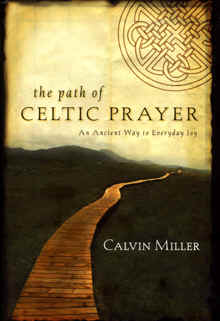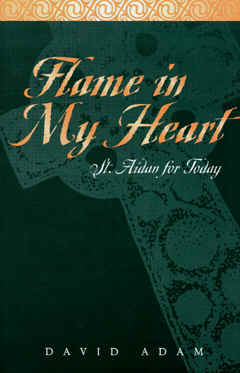
“The LORD reigns: let the earth rejoice; let the multitude of isles be glad.”
-Psalm 97:1
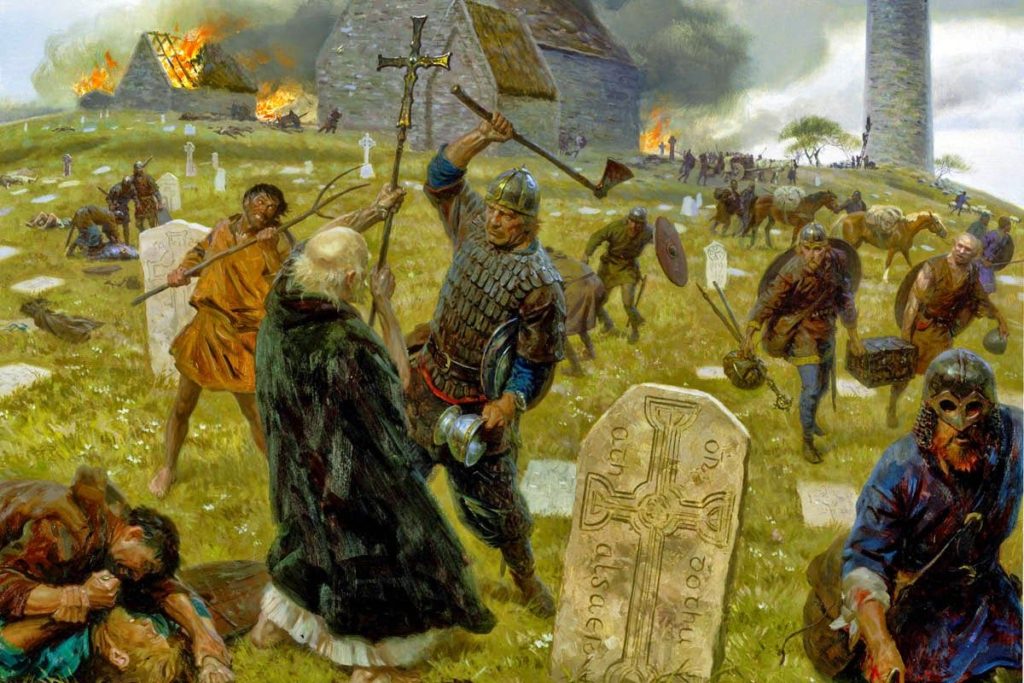
(Above) The Viking Age began when raiders attacked the Celtic Christian Island Monastery of Lindisfarne (Northumbria, Northern England) on June 8, 793.
Over time, the Vikings were converted to Christianity, the last major group being those in Iceland, c. 1,000 A.D. (Below)
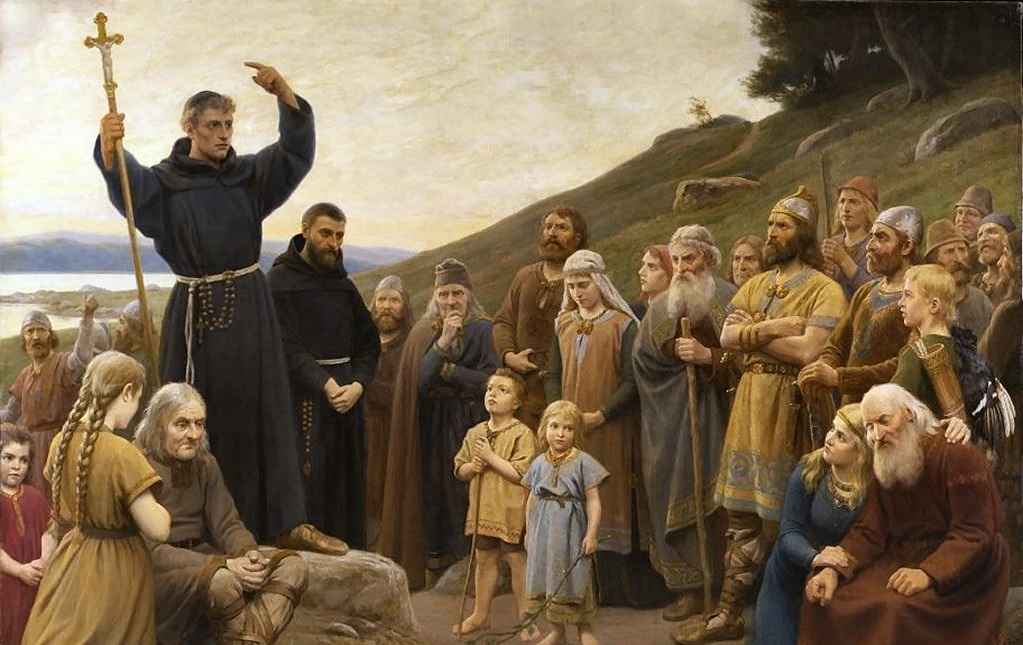
Click on the Photo of the Stave Church (At Left) to See Our Webpage:
“Viking Stave Church (Stavkirke) in Norway”




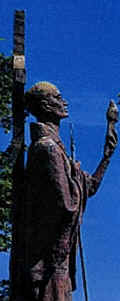


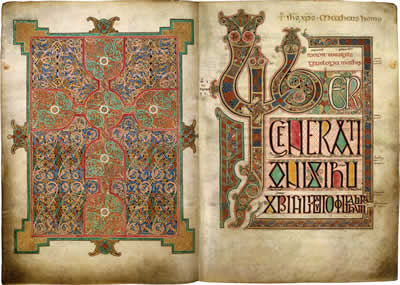

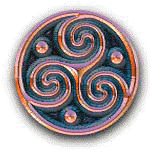







“Trí ní is deacair a thuiscint;
intleacht na mban, obair na mbeach,
teacht agus imeacht na taoide.”
“Three things hardest to understand:
the intellect of women, the work of the bees,
the coming and going of the tide.”
-Old Gaelic Saying
This saying is a Celtic compliment to the female intellect.
Celtic Christianity honored the equality of women in Christ, following the teaching of the Apostle Paul in Galatians 3:28, and had no problem with placing women in positions of authority over men.
(See: Celtic Christian: Seven Distinctives in our Features Category).
Lindisfarne is an island only when the tide is in.
When the tide is out, a land bridge causeway connects the island with the mainland, and
Pilgrims can cross over on dry land.
Monk Aidan (c. 600-651 A.D.), was sent from Iona, and Founded the Monastery on Lindisfarne.
From there, he converted Northern England to Christ.













AIDAN’S PRAYER
Leave me alone with God as much as may be.
As the tide draws the waters close in upon the shore, make me an island, set apart, alone with You, God, holy to You.
Then, with the turning of the tide, prepare me to carry your presence to the busy world beyond, the world that rushes in on me,
until the waters return and enfold me back to you.”
tHE Venerable bEdE WRitinG AbOut AidAn Of LindisfaRnE:
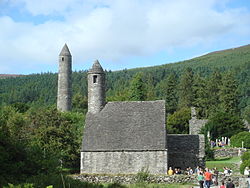
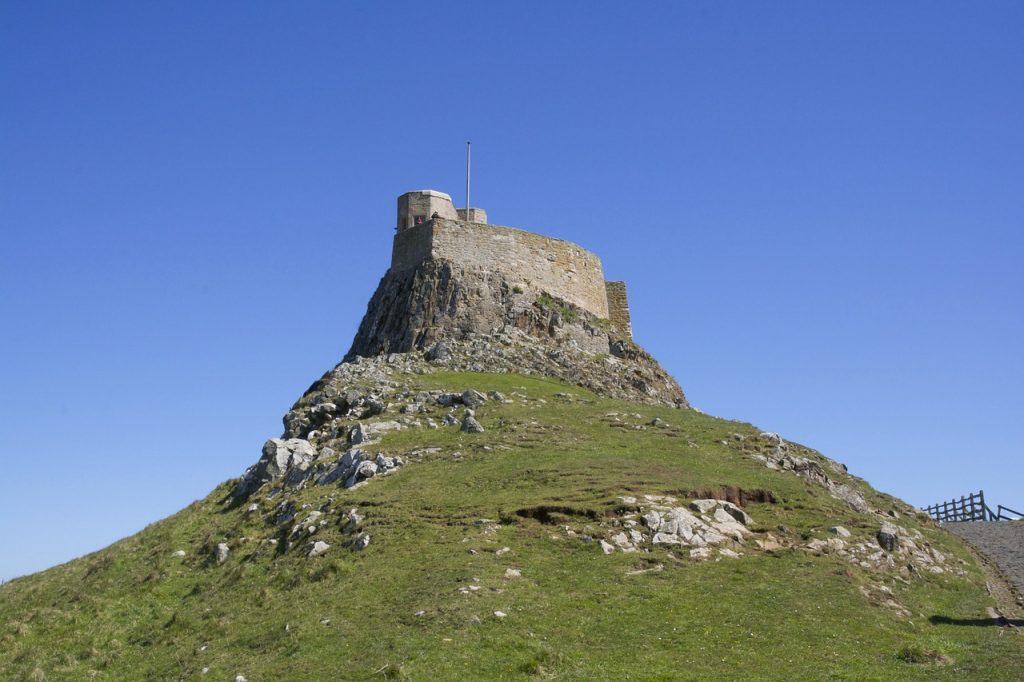
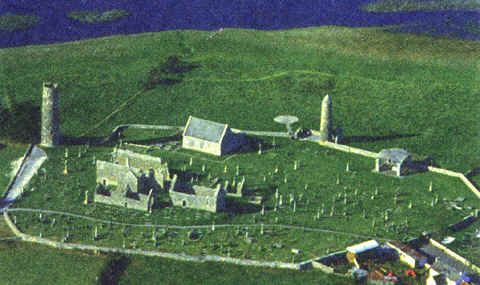
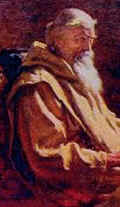





“He required his followers, whether monks or Layman, to study the Scriptures and learn the Psalms; he inspired all to fast on Wednesdays and Fridays;
he corrected the wrongs of the wealthy as well as the poor; and if he was given money, he used it to ransom those sold as slaves.”
__________________________________
“…while the Bishop (Aidan), who was not fluent in the English language, preached the Gospel, it was most delightful to see the King himself interpreting the word of God to his Ealdorman and Thanes;
for he himself had obtained perfect command of the Scottish tongue during his long exile.”
____________________________________
“He used his priestly authority to check the proud and powerful; he tenderly comforted the sick; he relieved and protected the poor.
To sum up in brief what I have learned from those who knew him,
he took pains never to neglect anything that he had learned from the writings of the Evangelists, Apostles and Prophets,
and he set himself to carry them out with all his powers.”
-The Venerable Bede (672/673-735 A.D.) Author: The Ecclesiastical History
of the English People ______________________________________________
This Website: PrayerFoundation Evangelical Lay Monks ™ Built by: S.G. Preston Ministries ™
Copyright © 1999-2024 S.G. Preston. All Rights Reserved.
Photos & Text Copyright © 1999-2024 S.G. Preston. All Rights Reserved.
